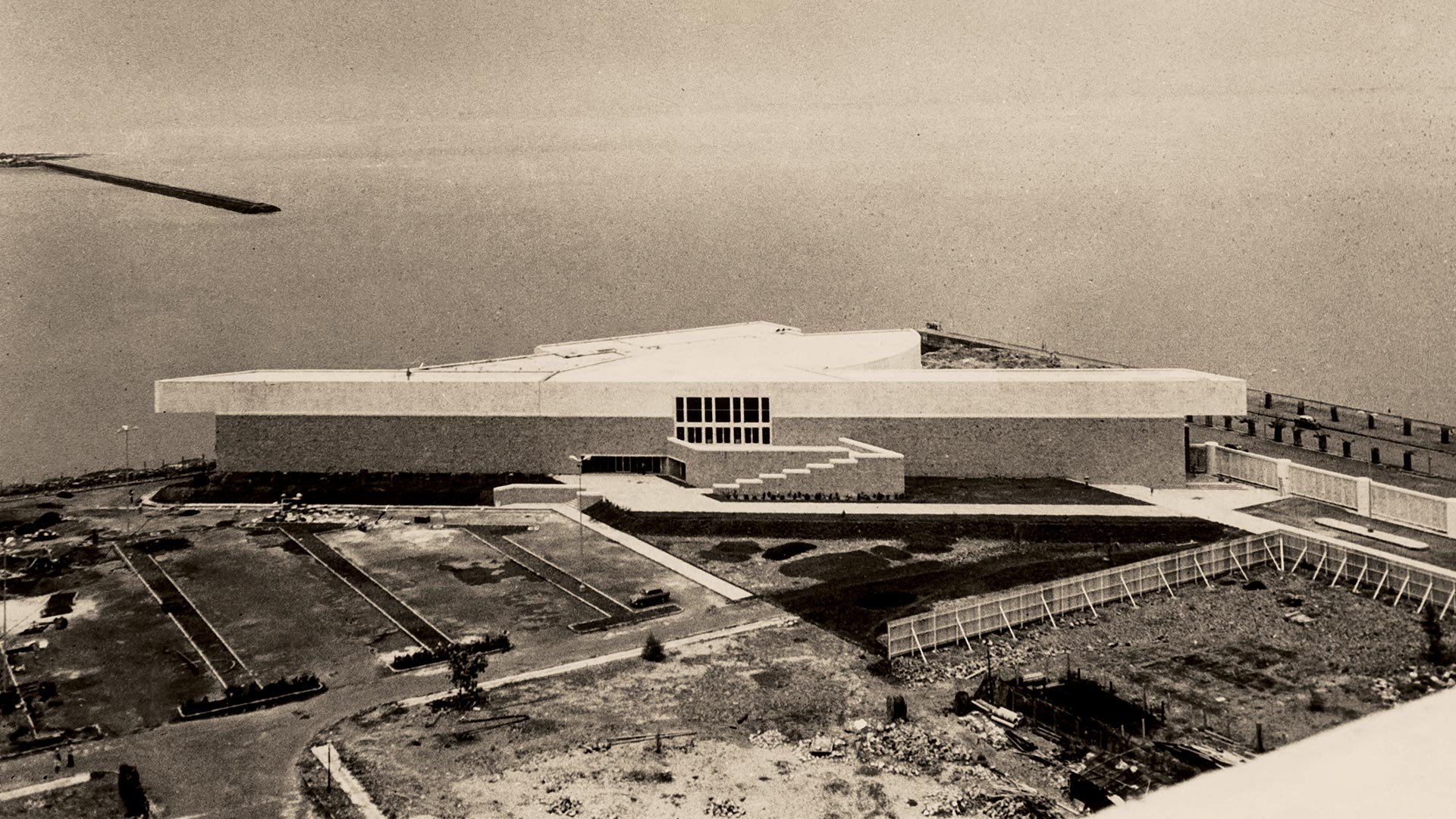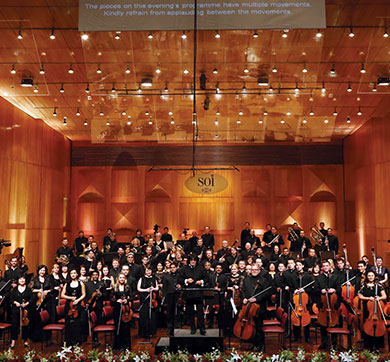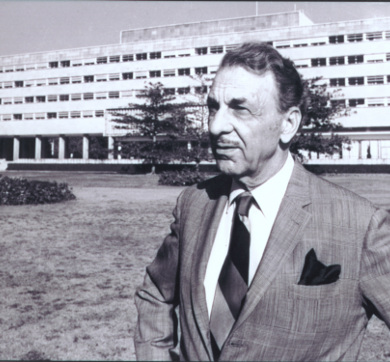March 2020 | 924 words | 4-minute read
“What does one seek from art? A few hours of pleasure or an experience which has the seed of timelessness that touches one’s innermost self? ... There can be no civilization without music, dance and art. For one isn’t fully vibrantly alive without them,” said former Prime Minister late Mrs Indira Gandhi in her inaugural speech at the Tata Theatre inauguration in 1980.
To preserve and promote the country’s rich heritage in the performing arts, Dr Jamshed J Bhabha wrote a proposal to the Tata Trusts to help fund a pioneering institution. The NCPA — the culmination of Dr Bhabha’s visionary efforts and backed firmly by Mr JRD Tata — remains the premier multi-venue, multi-cultural centre not only in India, but in all of south Asia.
Today, the legacy left by Dr JJ Bhabha has enabled upgrading the theatres with modern lighting and sound, as well as a complete remodelling of the open spaces with landscaping and aesthetic transformation.
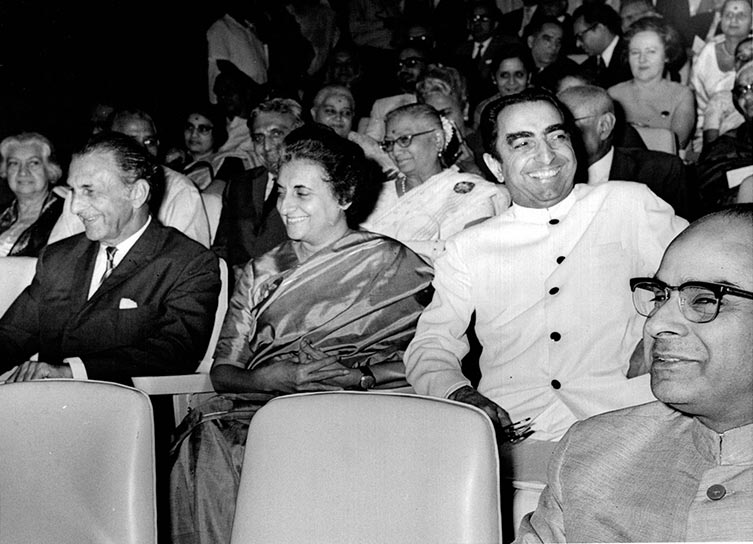
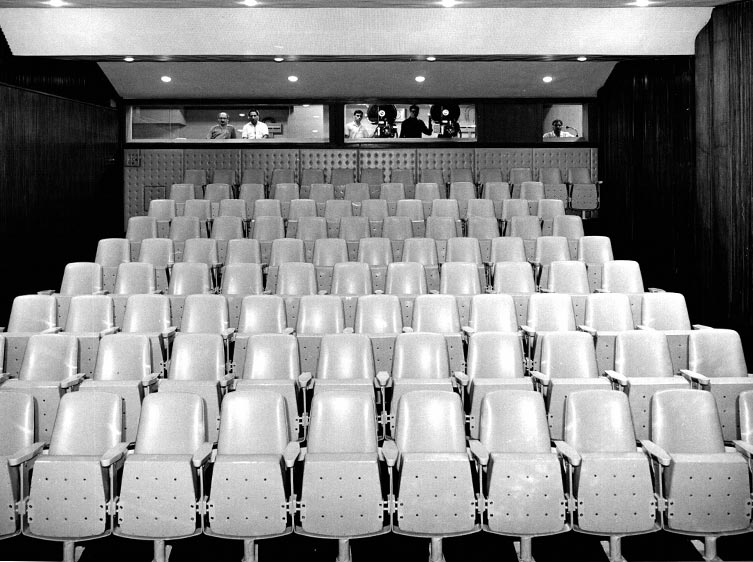
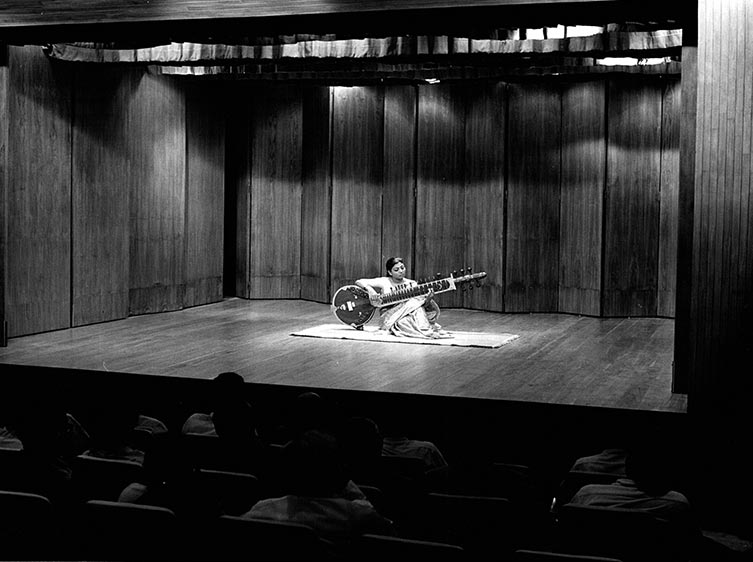
The NCPA’s first home, however, was a temporary premise at the Akash Ganga building on Bhulabhai Desai Road.
For its current premises, eight acres of land at Nariman Point was reclaimed from the sea; the reclamation cost was jointly borne by the Dorabji Tata Trust, donors Nowrosji Wadia, VD Chowgule, Godrej, and the Mafatlal and Mahindra foundations among others.
The one-of-its-kind auditorium at Akash Ganga was primarily designed as a recording studio where the artists performed before a live audience. Taking Dr Bhabha’s dream of the archival project forward, legendary artists who recorded here included Ali Akbar Khan, Ahmad Jaan Thirakawa, Parveen Sultana and others. Dancers like Damayanti Joshi and the Jhaveri sisters performed here.
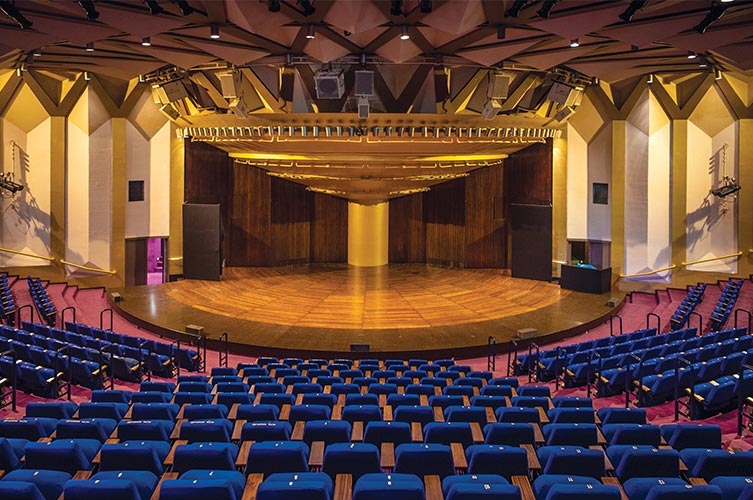
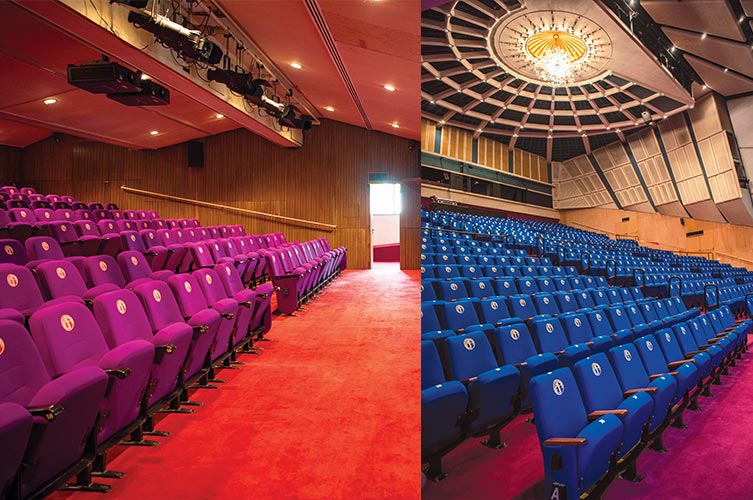
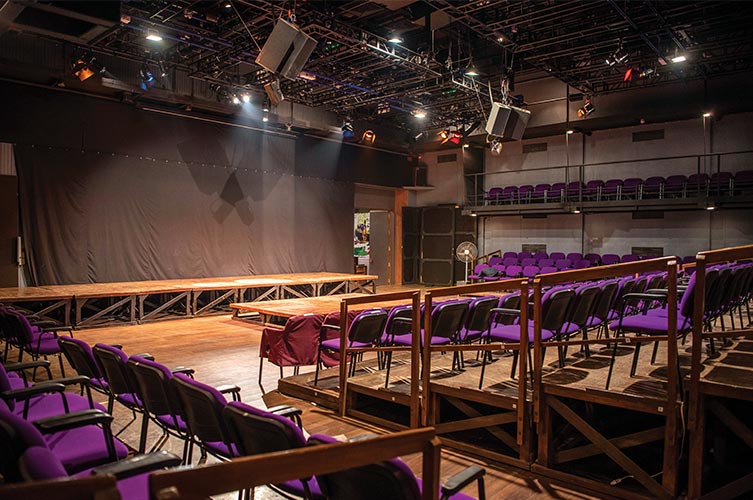
The Tata Theatre (1980) was the second venue to come up after the Little Theatre (1975) – a 114 seat space, acoustically designed as a sound recording studio with the latest professional equipment of that time.The Tata Theatre came up in response to Dr Bhabha’s need to build a space best suited for Indian classical music performances. With design by Philip Johnson of New York’s Lincoln Center for the Performing Arts fame and acoustics by the legendary Cyril Harris, its fan shaped insides and 1000+ seating capacity still promise a decidedly intimate experience.
The Experimental theatre (1986) with its malleable ‘black box’ design, which helped artists to expand their imagination in working around the changeable space, followed. The Godrej Dance Theatre (1987) with its proscenium-arch design and stage best suited to Indian classical dance was next.
The JBT (1999) was the last and the largest of the five, big enough to hold full-blown operas, musicals, ballets and orchestras. The JBT lobby houses the historic Carrara marble staircase, which for years was stored in boxes at Bombay House before being reassembled for its present location. The chandelier in the lobby were gifts by Sir Dinshaw Petit.
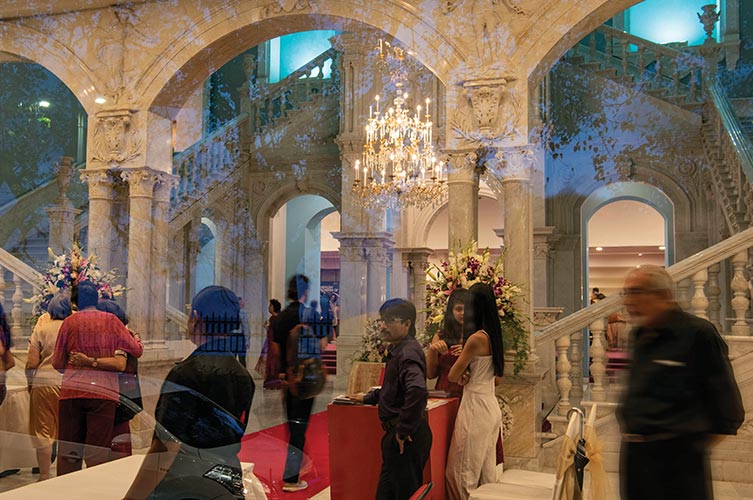
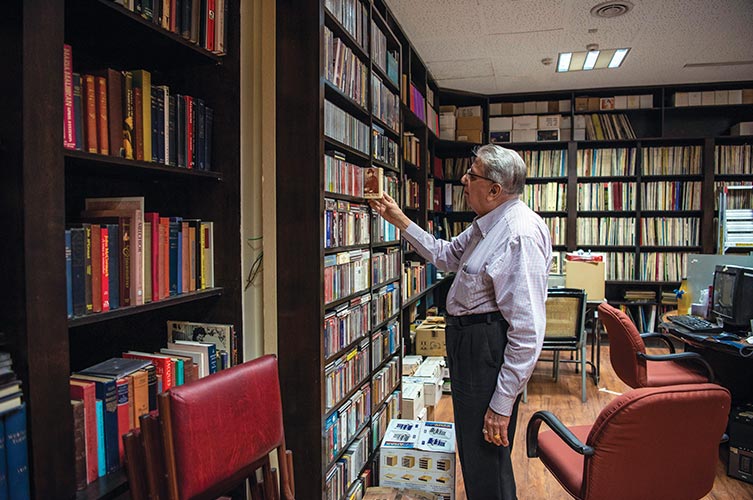

The NCPA also houses exhaustive archives comprising hours of music, film and video recordings preserved in temperature-controlled insulated vaults and has a reference library of over 25,000 books.
The Stuart-Liff collection is another treasure trove with 11,000 precious LPs (long-playing records) and 6,000 books gifted by two English gentlemen, George Stuart and Vivian Liff, both avid connoisseurs of Western classical music.
Another wonder the NCPA is home to, is the German 1987 Beckerath-make pipe organ, with its 708 conical and cylindrical pipes. It is one of the few remaining pipe organs in Mumbai and the city’s only movable one.
In 2006, the Symphony Orchestra of India (SOI) was founded at the NCPA with legendary violinist Marat Bisengaliev as its music director. Several resident musicians train students of the academy to hone their skills and become professionals in the field.
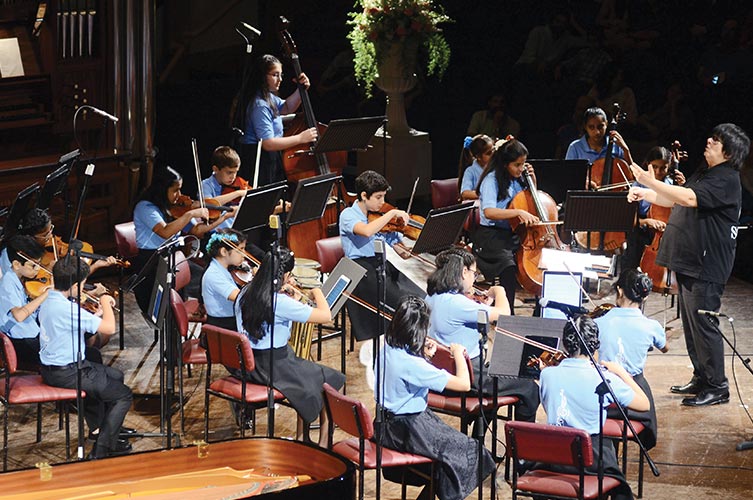
In fact, the NCPA has emerged as a centre for learning for aspiring artistes, as well as for those from marginalised communities.
The centre has the ongoing guru shishya parampara or Masterclass sessions in Indian music, where veteran artists are invited to impart knowledge to or train students and budding practitioners of the art forms.
There are also multiple sessions carried out as a part of centre's CSR outreach projects regularly, where children from various schools across sections of society, are exposed to the arts.
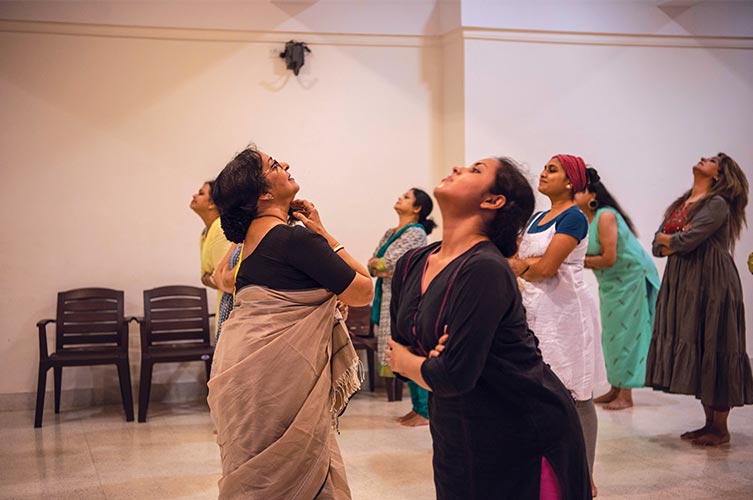
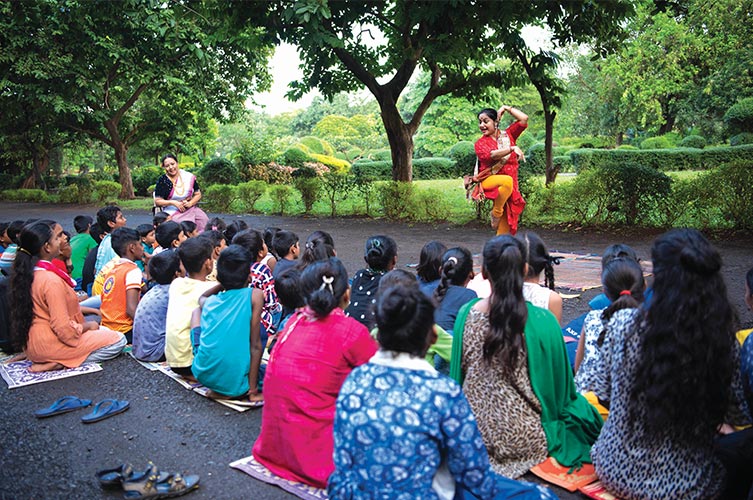
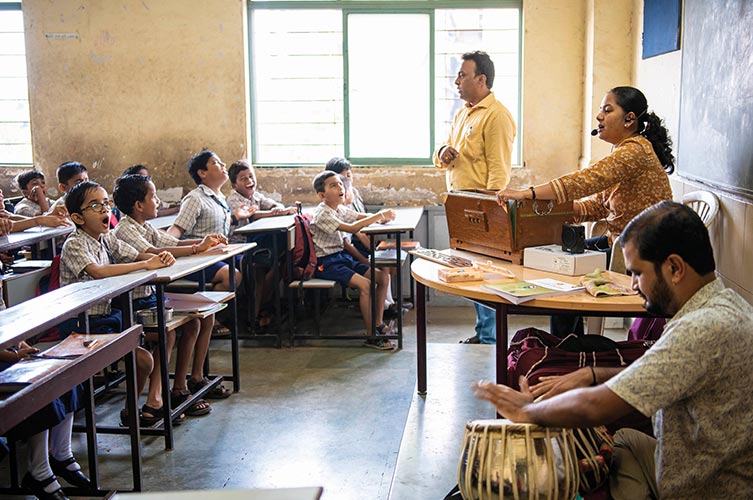
Through its multiple outreach programmes and other corporate social responsibility initiatives, the NCPA aims to both preserve and promote the arts beyond the four walls of the institution.
Photographs and text by Tejal Pandey
This is the first in a two-part series on the 50th Anniversary of the National Centre for the Performing Arts. Read Part Two here.


